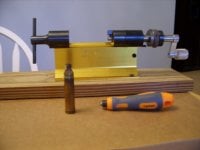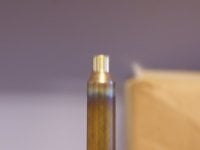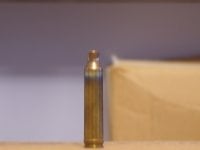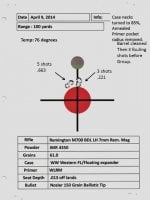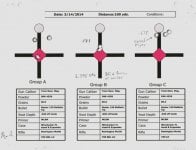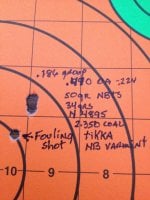joelkdouglas
Handloader
- Jun 5, 2011
- 1,310
- 7
Guy Miner":2c5l71we said:Do you guys think it makes much difference, if you're not running a match chamber & custom barrel?
And match grade, bushing type dies?
Thanks, Guy
Guy, I think with a normal factory hunting rifle one could hunt an entire life neck turning or not and not tell a difference. Even at the range it's hard to tell a difference in a rifle with a match chamber/aftermarket barrel.
However, I think the benefit for a neck turner is in the preparation. If someone turns necks that means they think about neck to brass clearance, neck thickness variation, concentricity, bullet tension, etc. Someone could think about all those things without neck turning, but neck turning forces the issue.
And then you shoot more to see if you can tell a difference, and the trigger time probably makes the most difference of anything we could ever do at the loading bench.

